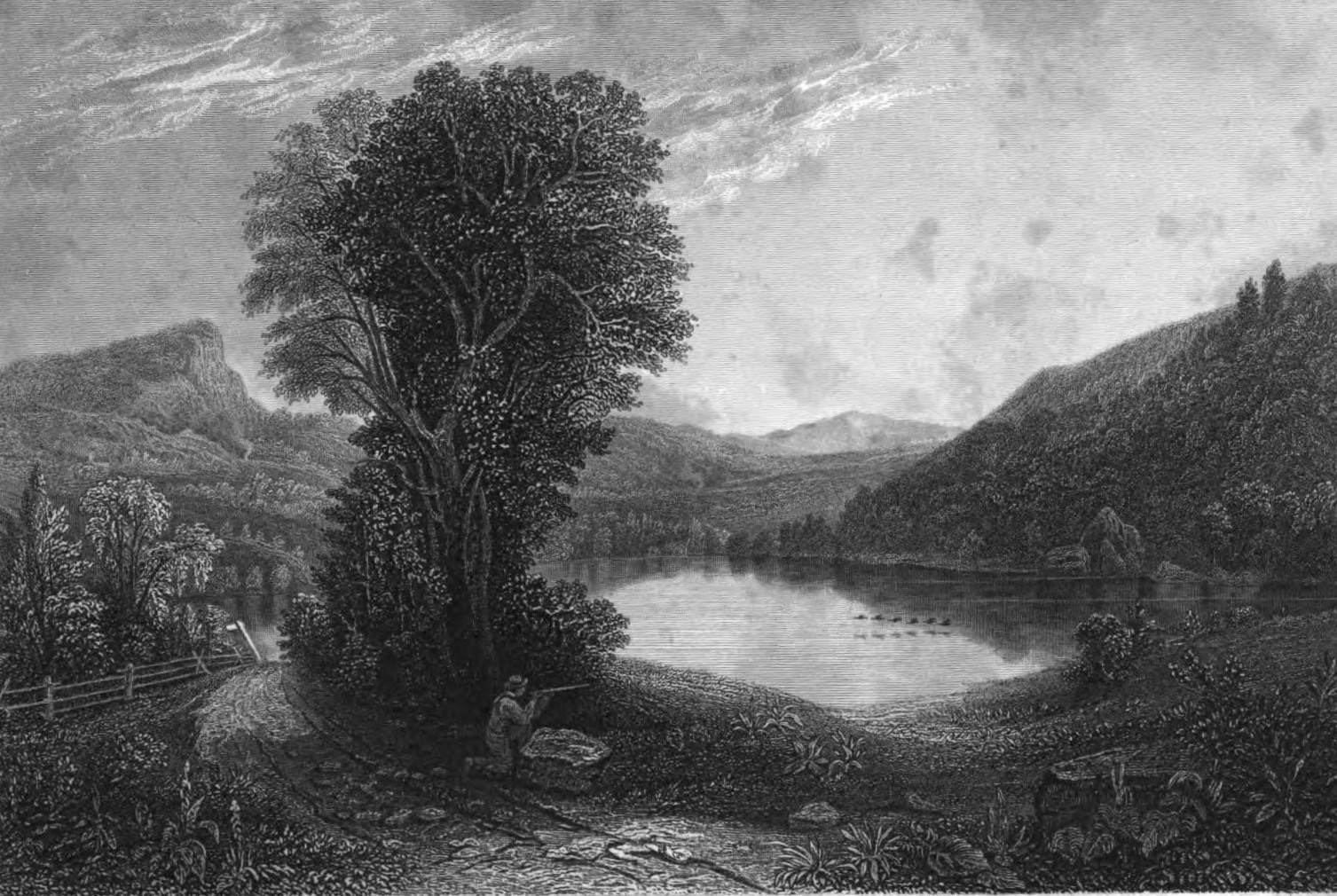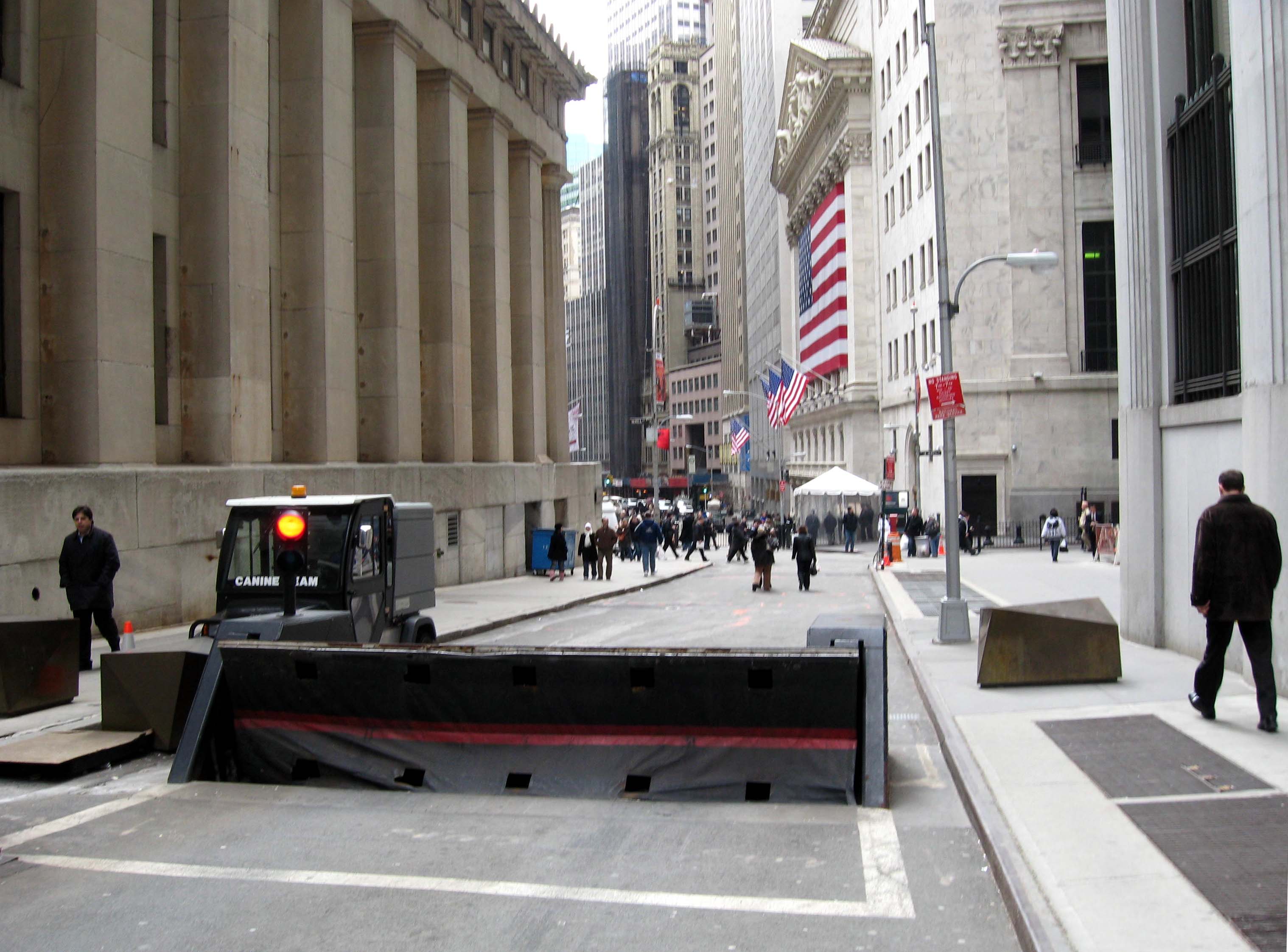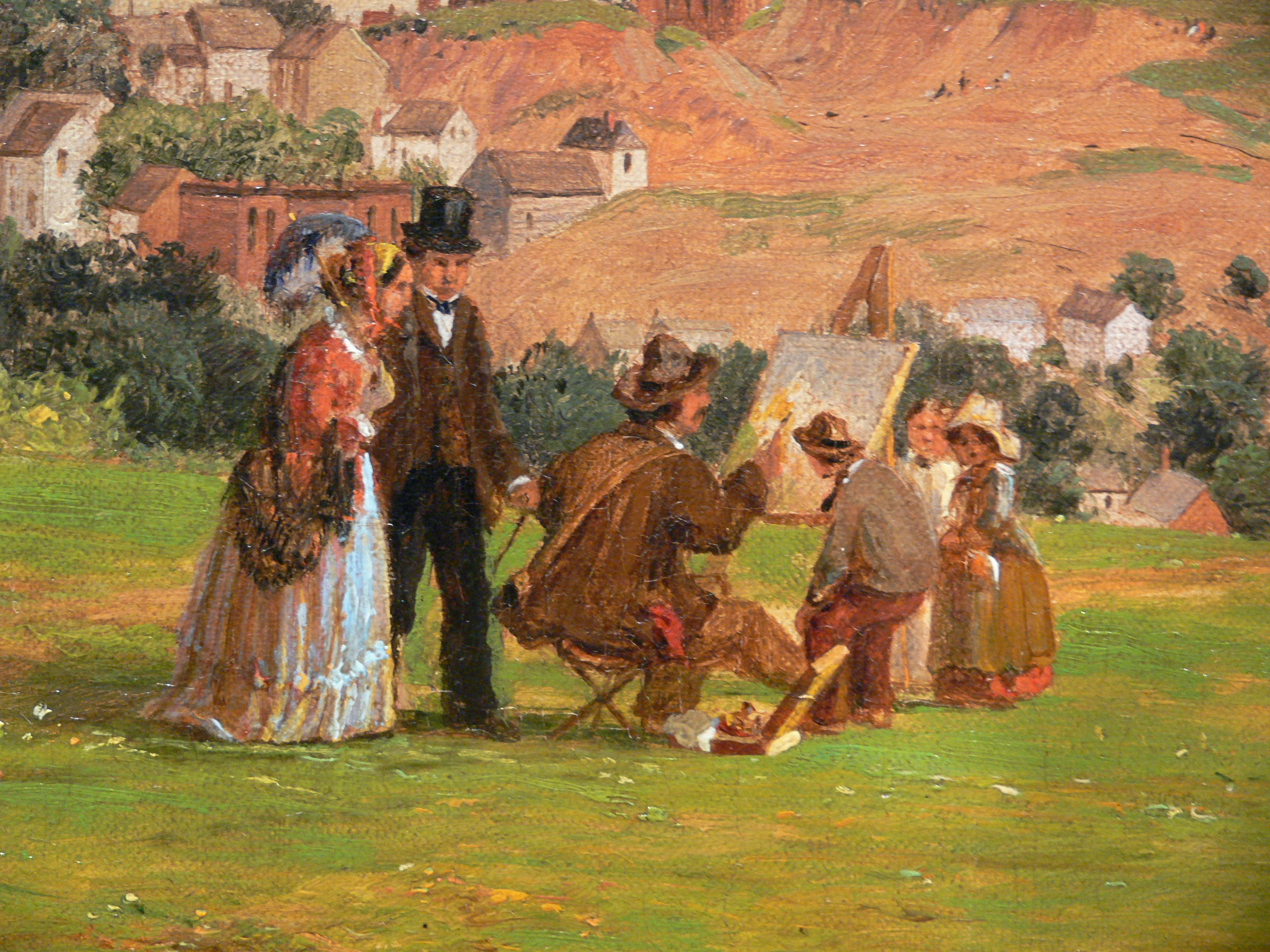|
Jesse Talbot
Jesse Talbot (April 1, 1805 – January 29/30, 1879) was an American landscape painter and a friend of the poet Walt Whitman. Born in Dighton, Massachusetts, Talbot worked for the American Tract Society and other evangelical Christian organizations in New York City before becoming a professional artist, first exhibiting in the National Academy of Design in 1838. His work was often favorably compared to that of Thomas Cole and other leaders of the Hudson River School of American landscape painters. Talbot developed a friendship with Walt Whitman in the 1850s. The notebook in which Whitman first wrote down the ideas for ''Leaves of Grass'' is known as the “Talbot Wilson notebook” because Talbot’s name and address (Wilson Street in Brooklyn, New York) are written on the inside front cover. Talbot died in relative obscurity in 1879. Biography Early life and career Jesse Talbot was born April 1, 1805, in Dighton, Massachusetts, the youngest child of Josiah Talbot and Lydia T ... [...More Info...] [...Related Items...] OR: [Wikipedia] [Google] [Baidu] |
Dighton, Massachusetts
Dighton is a New England town, town in Bristol County, Massachusetts, Bristol County, Massachusetts, United States. The population was 8,101 at the 2020 census. The town is located on the western shore of the Taunton River in the southeastern part of the state. History Crossroads Dighton's location has long made it a crossroads for travel The "Old Bristol Path" took early settlers from the Pilgrim settlement in Plymouth, Massachusetts to Bristol, Rhode Island, the home of Massasoit. A ferry took travelers across the Taunton River. Later, a stage coach ran through Dighton, connecting Taunton, Massachusetts, Taunton and Bristol. Dighton was also along the route between Fall River, Massachusetts, Fall River and Taunton. Origin Dighton was originally part of Taunton, Massachusetts, Taunton's South Purchase and other surrounding towns. It was separated in 1672, officially incorporated in 1712. It was named for Frances Dighton Williams, wife of Richard Williams, a town elder. At the ... [...More Info...] [...Related Items...] OR: [Wikipedia] [Google] [Baidu] |
Nassau Street (Manhattan)
Nassau Street is in the Financial District, within the borough of Manhattan in New York City. Its southern end is at the intersection with Broad Street and Wall Street, and its northern end is at Spruce Street, at Pace University near the foot of the Brooklyn Bridge. For its entire route, Nassau Street runs one block east of Broadway and Park Row. History Nassau Street was originally called Kip Street, after an early Dutch settler family, but was subsequently named in honor of the royal family of the Netherlands, the House of Orange-Nassau. It was named some time before William of Nassau, the Dutch prince who became King William III of England, so that is not the origin of the name, despite how easily it could be mistaken as such. Nassau Street once housed many of the city's newspapers. Late in the 20th century Nassau Street was closed to motor traffic during certain hours, in order to promote shopping. Nassau Street borders on the Fulton-Nassau Historic District, which ... [...More Info...] [...Related Items...] OR: [Wikipedia] [Google] [Baidu] |
Newington-Cropsey Foundation
The Newington-Cropsey Foundation (NCF) is a nonprofit private organization based in Hastings-on-Hudson, New York. The foundation's aim is to maintain and preserve the works of Jasper Cropsey and the art movement he was a part of, the Hudson River School. The foundation also promotes Representation (arts), representational painting and sculpture. The organization was founded in 1977 by Barbara and John Newington to collect and promote works of Barbara's great-grandfather Jasper Cropsey, as well as other non-abstract art. The NCF offers free tours of its properties: Ever Rest, the last home and studio of Jasper Cropsey, and the Gallery of Art Building, a museum dedicated to the works of Cropsey. The properties are adjacent to each other in the village of Hastings-on-Hudson. Organization The foundation's stated aim is to preserve the moral, artistic and religious values of Jasper Cropsey and the Hudson River School, as well as to "recapture a little sense of stability, security and ... [...More Info...] [...Related Items...] OR: [Wikipedia] [Google] [Baidu] |
Asher Brown Durand
Asher Brown Durand (August 21, 1796, – September 17, 1886) was an American painter of the Hudson River School. Early life Durand was born in, and eventually died in, Maplewood, New Jersey (then called Jefferson Village). He was the eighth of eleven children. Durand's father was a watchmaker and a silversmith. Durand was apprenticed to an engraver from 1812 to 1817 and later entered into a partnership with the owner of the company, Charles Cushing Wright (1796–1854), who asked him to manage the company's New York office. He engraved ''Declaration of Independence'' for John Trumbull during 1823, which established Durand's reputation as one of the country's finest engravers. Durand helped organize the New York Drawing Association in 1825, which would become the National Academy of Design; he would serve the organization as president from 1845 to 1861. Asher's engravings on bank notes were used as the portraits for America's first postage stamps, the 1847 series. A ... [...More Info...] [...Related Items...] OR: [Wikipedia] [Google] [Baidu] |
Jasper Francis Cropsey
Jasper Francis Cropsey (February 18, 1823 – June 22, 1900) was an important American landscape artist of the Hudson River School. Early years Cropsey was born on his father Jacob Rezeau Cropsey's farm in Rossville on Staten Island, New York, the oldest of eight children. As a young boy, Cropsey had recurring periods of poor health. While absent from school, Cropsey taught himself to draw. His early drawings included architectural sketches and landscapes drawn on notepads and in the margins of his schoolbooks. Career Trained as an architect, he set up his own office in 1843. Cropsey studied watercolor and life drawing at the National Academy of Design under the instruction of Edward Maury and first exhibited there in 1844. A year later he was elected an associate member and turned exclusively to landscape painting; shortly after he was featured in an exhibition entitled "Italian Compositions". Cropsy traveled in Europe from 1847–1849, visiting England, France, Switzerl ... [...More Info...] [...Related Items...] OR: [Wikipedia] [Google] [Baidu] |
Art Critic
An art critic is a person who is specialized in analyzing, interpreting, and evaluating art. Their written critiques or reviews contribute to art criticism and they are published in newspapers, magazines, books, exhibition brochures, and catalogues and on websites. Some of today's art critics use art blogs and other online platforms in order to connect with a wider audience and expand debate about art. Differently from art history, there is not an institutionalized training for art critics (with only few exceptions); art critics come from different backgrounds and they may or may not be university trained. Professional art critics are expected to have a keen eye for art and a thorough knowledge of art history. Typically the art critic views art at exhibitions, galleries, museums or artists' studios and they can be members of the International Association of Art Critics which has national sections. Very rarely art critics earn their living from writing criticism. The opinions of ... [...More Info...] [...Related Items...] OR: [Wikipedia] [Google] [Baidu] |
Samuel Johnson
Samuel Johnson (18 September 1709 – 13 December 1784), often called Dr Johnson, was an English writer who made lasting contributions as a poet, playwright, essayist, moralist, critic, biographer, editor and lexicographer. The ''Oxford Dictionary of National Biography'' calls him "arguably the most distinguished man of letters in English history". Born in Lichfield, Staffordshire, he attended Pembroke College, Oxford until lack of funds forced him to leave. After working as a teacher, he moved to London and began writing for ''The Gentleman's Magazine''. Early works include ''Life of Mr Richard Savage'', the poems ''London'' and ''The Vanity of Human Wishes'' and the play ''Irene''. After nine years' effort, Johnson's '' A Dictionary of the English Language'' appeared in 1755, and was acclaimed as "one of the greatest single achievements of scholarship". Later work included essays, an annotated ''The Plays of William Shakespeare'', and the apologue ''The History of R ... [...More Info...] [...Related Items...] OR: [Wikipedia] [Google] [Baidu] |
The Token And Atlantic Souvenir
''The Token'' (1829–1842) was an annual, illustrated gift book, containing stories, poems and other light and entertaining reading. In 1833, it became ''The Token and Atlantic Souvenir''. History The annual was chiefly edited by Samuel Griswold Goodrich (and briefly by Nathaniel Parker Willis), and published in Boston, Massachusetts. Nathaniel Hawthorne contributed, as did Alvan Fisher, Abel Bowen and other writers and artists. In 1833 ''The Token'' merged with ''The Souvenir'' to become ''The Token and Atlantic Souvenir'', which continued until 1842.''New-England Magazine'', Volume 5, 1833; p.435. Hawthorne mailed stories to Griswold beginning in the spring of 1829. Goodrich claims he sought Hawthorne's work after reading an anonymous work of his, possibly the novel '' Fanshawe''. Wineapple, Brenda. ''Hawthorne: A Life''. New York: Random House, 2004: 74. ''The Token'' included several of Hawthorne's notable early works, including Hawthorne's "My Kinsman, Major Molineux" (183 ... [...More Info...] [...Related Items...] OR: [Wikipedia] [Google] [Baidu] |
Portrait
A portrait is a portrait painting, painting, portrait photography, photograph, sculpture, or other artistic representation of a person, in which the face and its expressions are predominant. The intent is to display the likeness, Personality type, personality, and even the mood of the person. For this reason, in photography a portrait is generally not a Snapshot (photography), snapshot, but a composed image of a person in a still position. A portrait often shows a person looking directly at the painter or photographer, in order to most successfully engage the subject with the viewer. History Prehistorical portraiture Plastered human skulls were reconstructed human skulls that were made in the ancient Levant between 9000 and 6000 BC in the Pre-Pottery Neolithic B period. They represent some of the oldest forms of art in the Middle East and demonstrate that the prehistoric population took great care in burying their ancestors below their homes. The skulls denote some of the earlie ... [...More Info...] [...Related Items...] OR: [Wikipedia] [Google] [Baidu] |
Talbot Rockland Lake
Talbot was an automobile marque introduced in 1902 by English-French company Clément-Talbot. The founders, Charles Chetwynd-Talbot, 20th Earl of Shrewsbury and Adolphe Clément-Bayard, reduced their financial interests in their Clément-Talbot business during the First World War. Soon after the end of the war, Clément-Talbot was brought into a combine named STD Motors. Shortly afterward, STD Motors' French products were renamed Talbot instead of Darracq. In the mid-1930s, with the collapse of STD Motors, Rootes bought the London Talbot factory and Antonio Lago bought the Paris Talbot factory, Lago producing vehicles under the marques Talbot and Talbot-Lago. Rootes renamed Clément-Talbot Sunbeam-Talbot in 1938, and stopped using the brand name Talbot in the mid-1950s. The Paris factory closed a few years later. Ownership of the marque came by a series of takeovers to Peugeot, which revived use of the Talbot name from 1978 until 1994. [...More Info...] [...Related Items...] OR: [Wikipedia] [Google] [Baidu] |
Dutch Reformed Church
The Dutch Reformed Church (, abbreviated NHK) was the largest Christian denomination in the Netherlands from the onset of the Protestant Reformation in the 16th century until 1930. It was the original denomination of the Dutch Royal Family and the foremost Protestant denomination until 2004. It was the larger of the two major Reformed denominations, after the Reformed Churches in the Netherlands (''Gereformeerde kerk'') was founded in 1892. It spread to the United States, South Africa, Indonesia, Sri Lanka, Brazil, and various other world regions through Dutch colonization. Allegiance to the Dutch Reformed Church was a common feature among Dutch immigrant communities around the world and became a crucial part of Afrikaner nationalism in South Africa. The Dutch Reformed Church was founded in 1571 during the Protestant Reformation in the Calvinist tradition, being shaped theologically by John Calvin, but also other major Reformed theologians. The church was influenced by vari ... [...More Info...] [...Related Items...] OR: [Wikipedia] [Google] [Baidu] |











